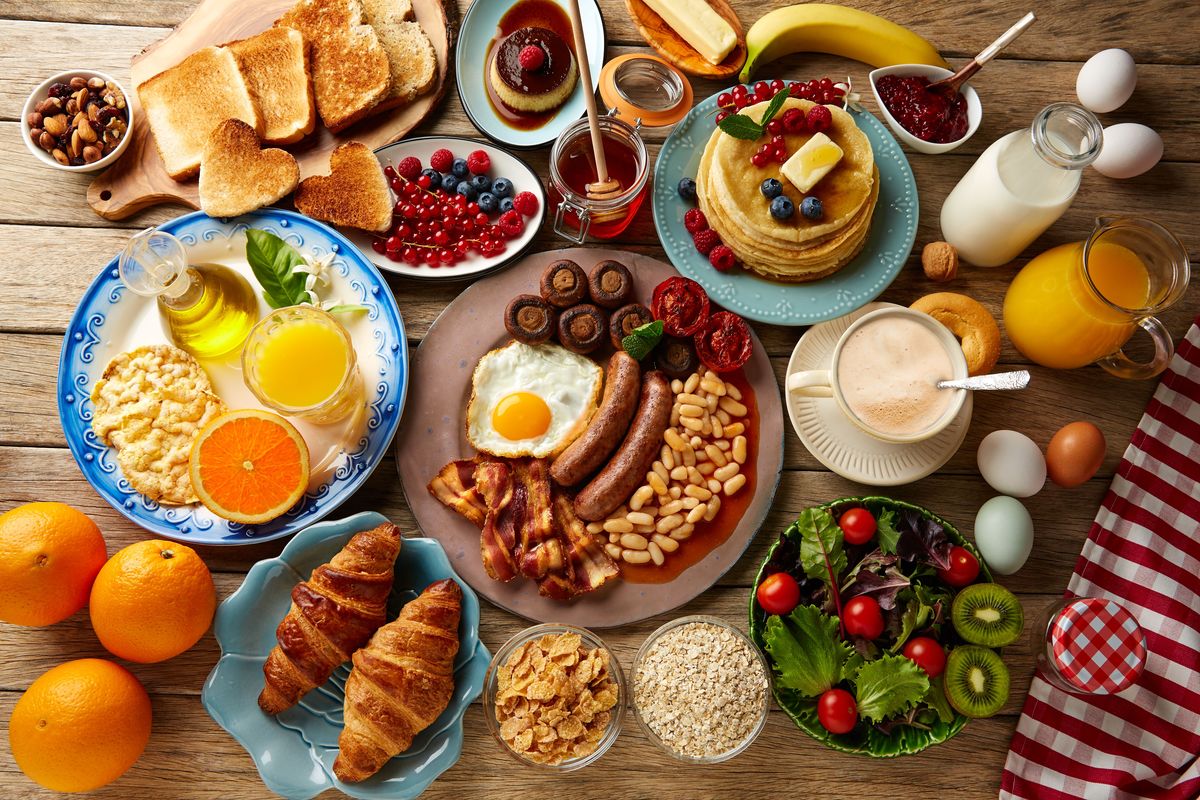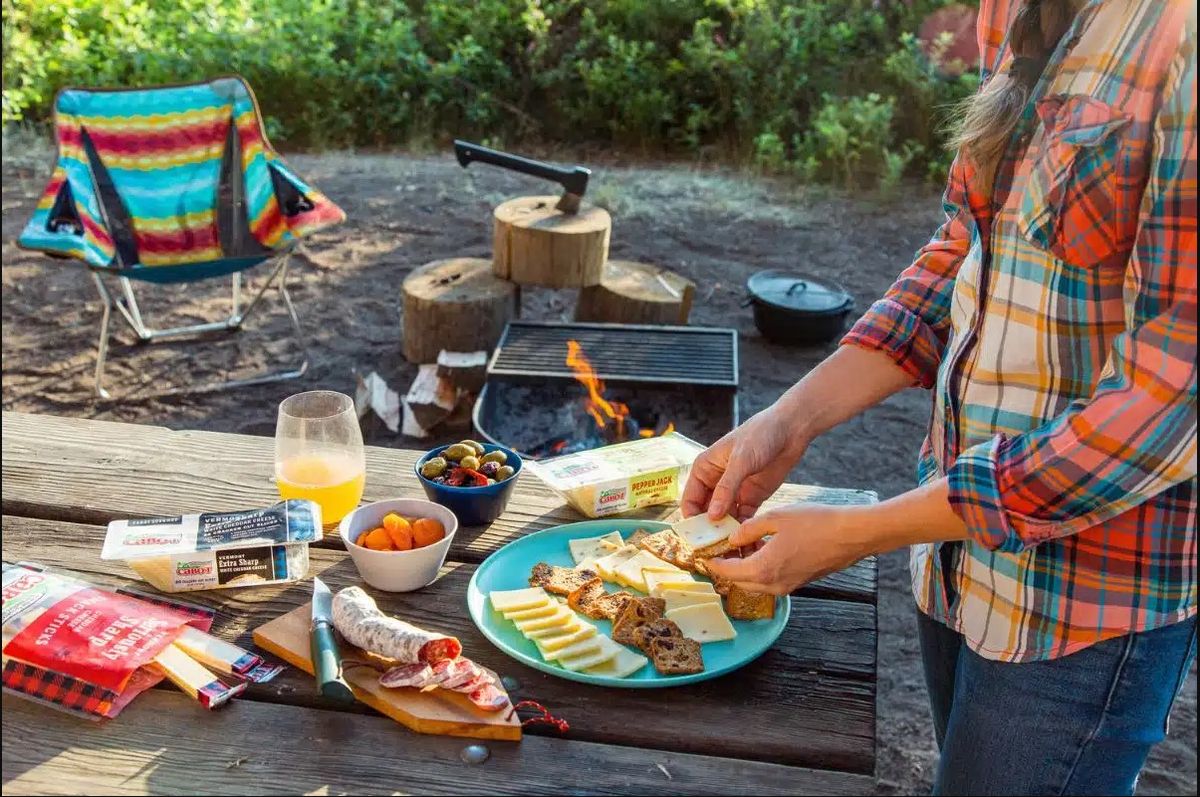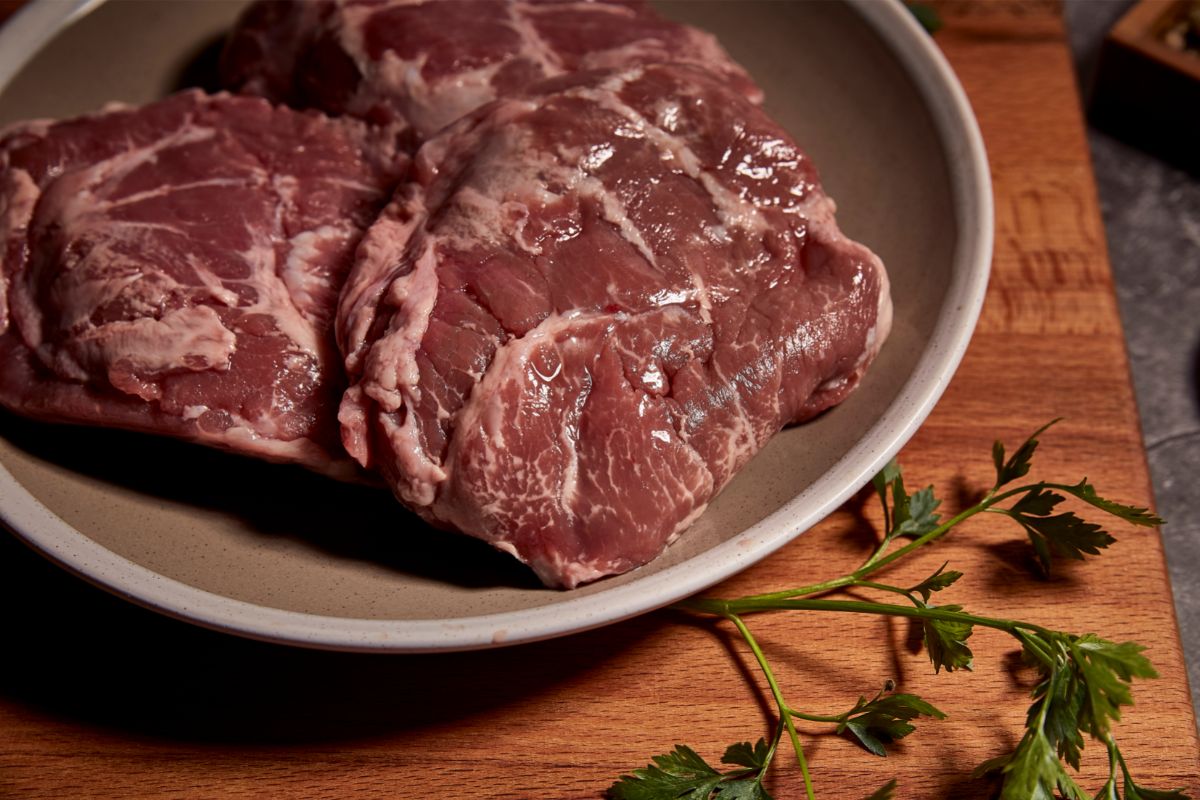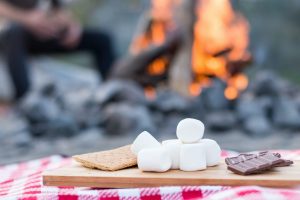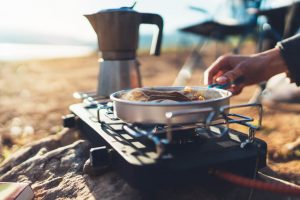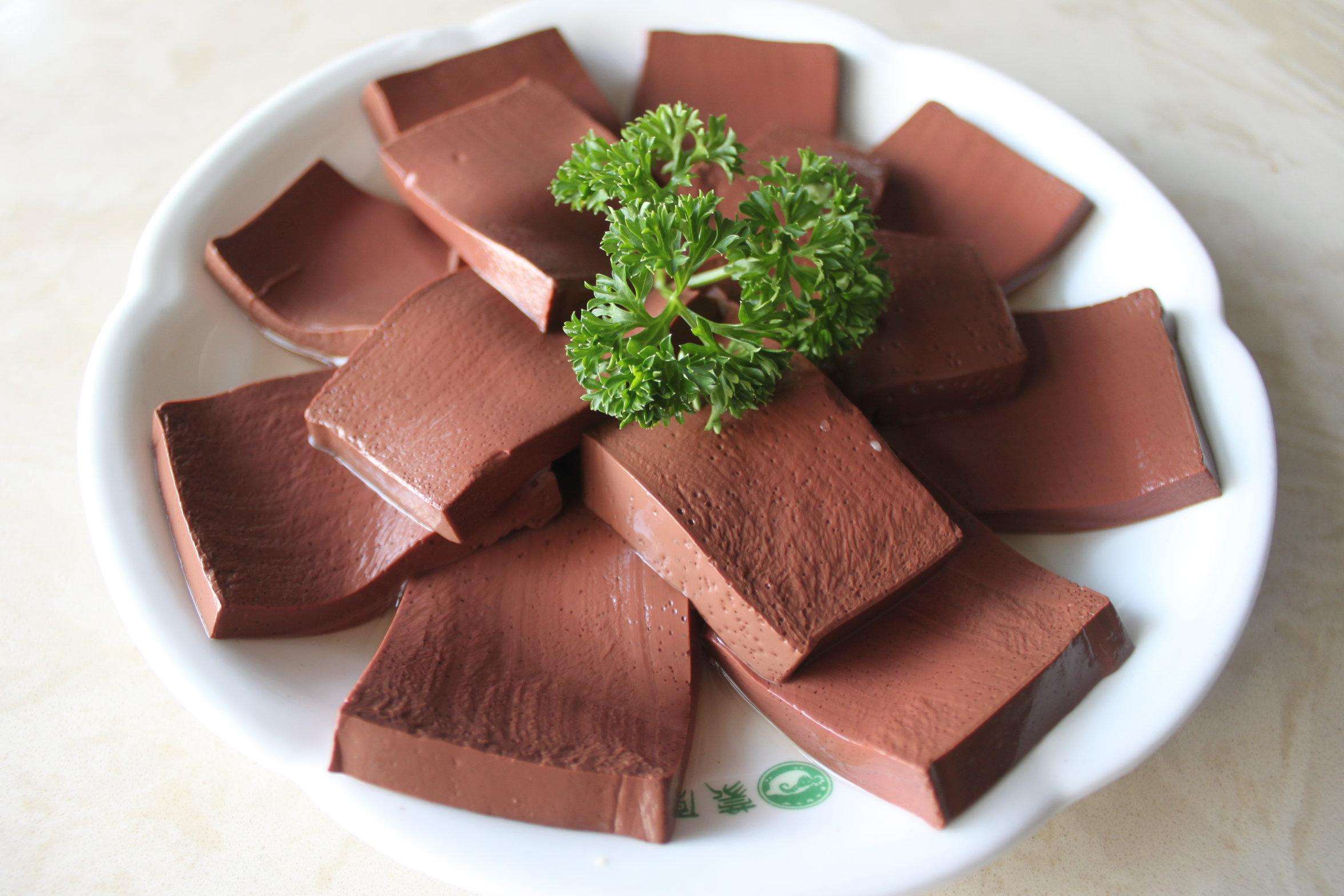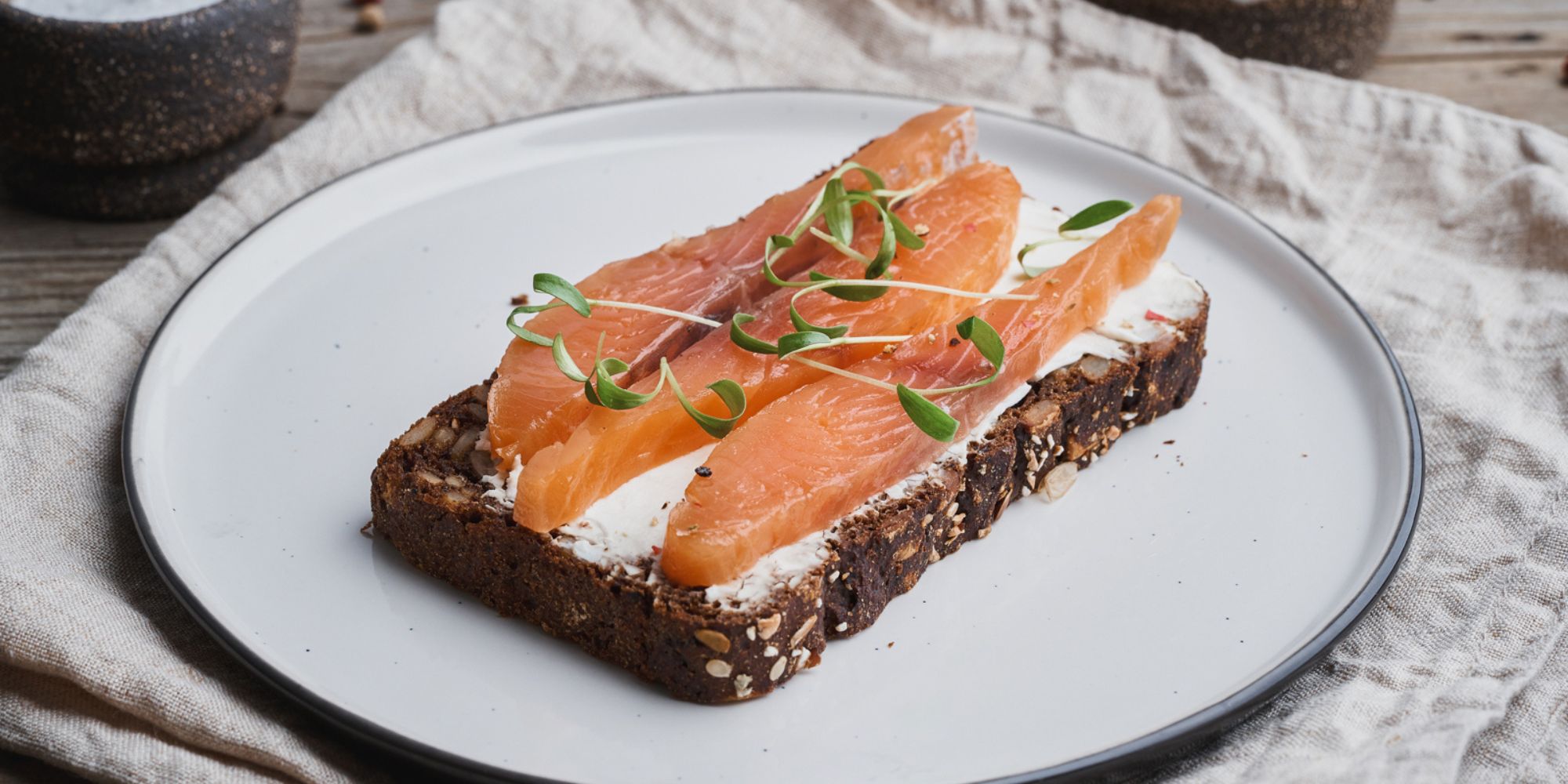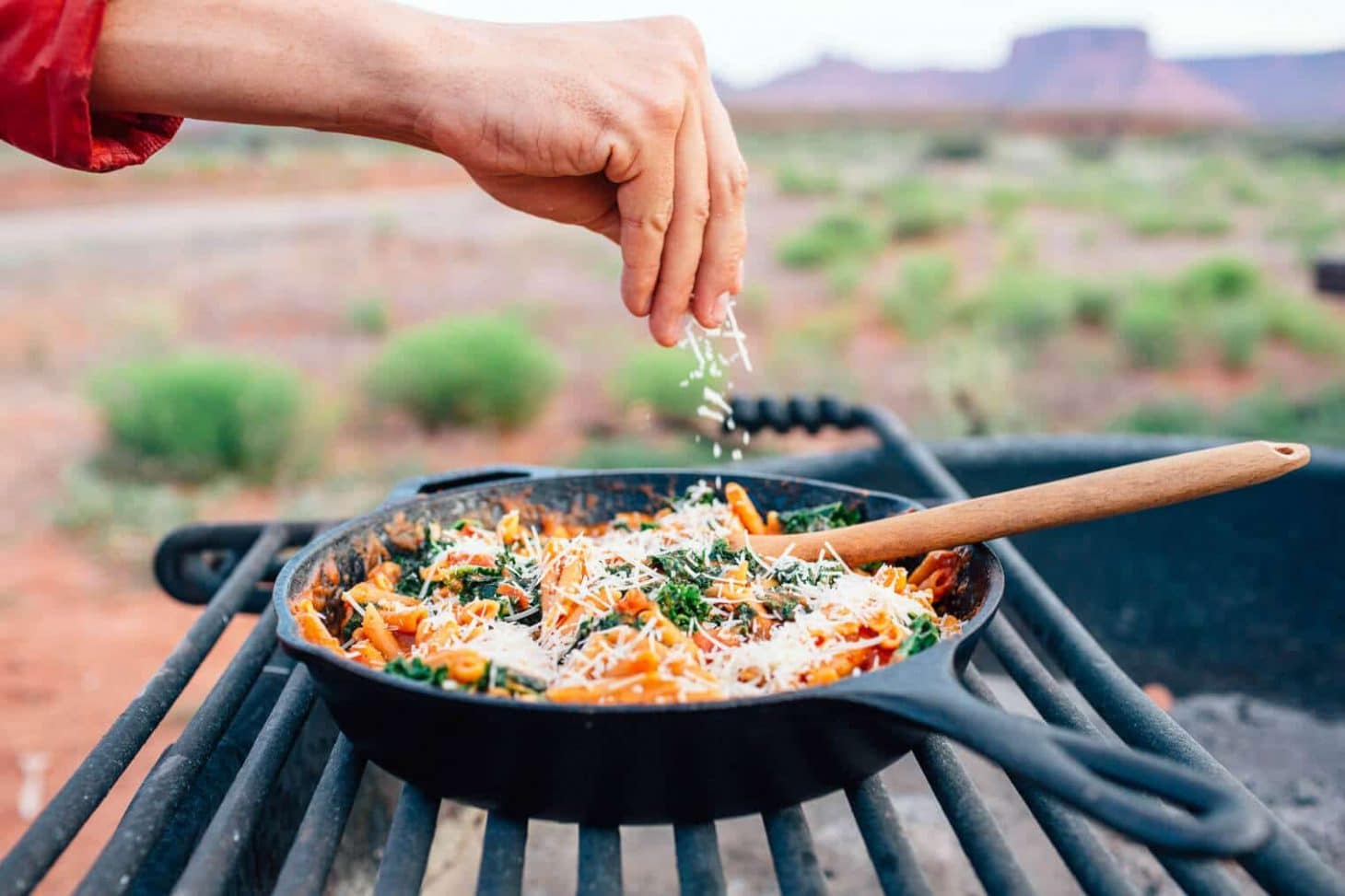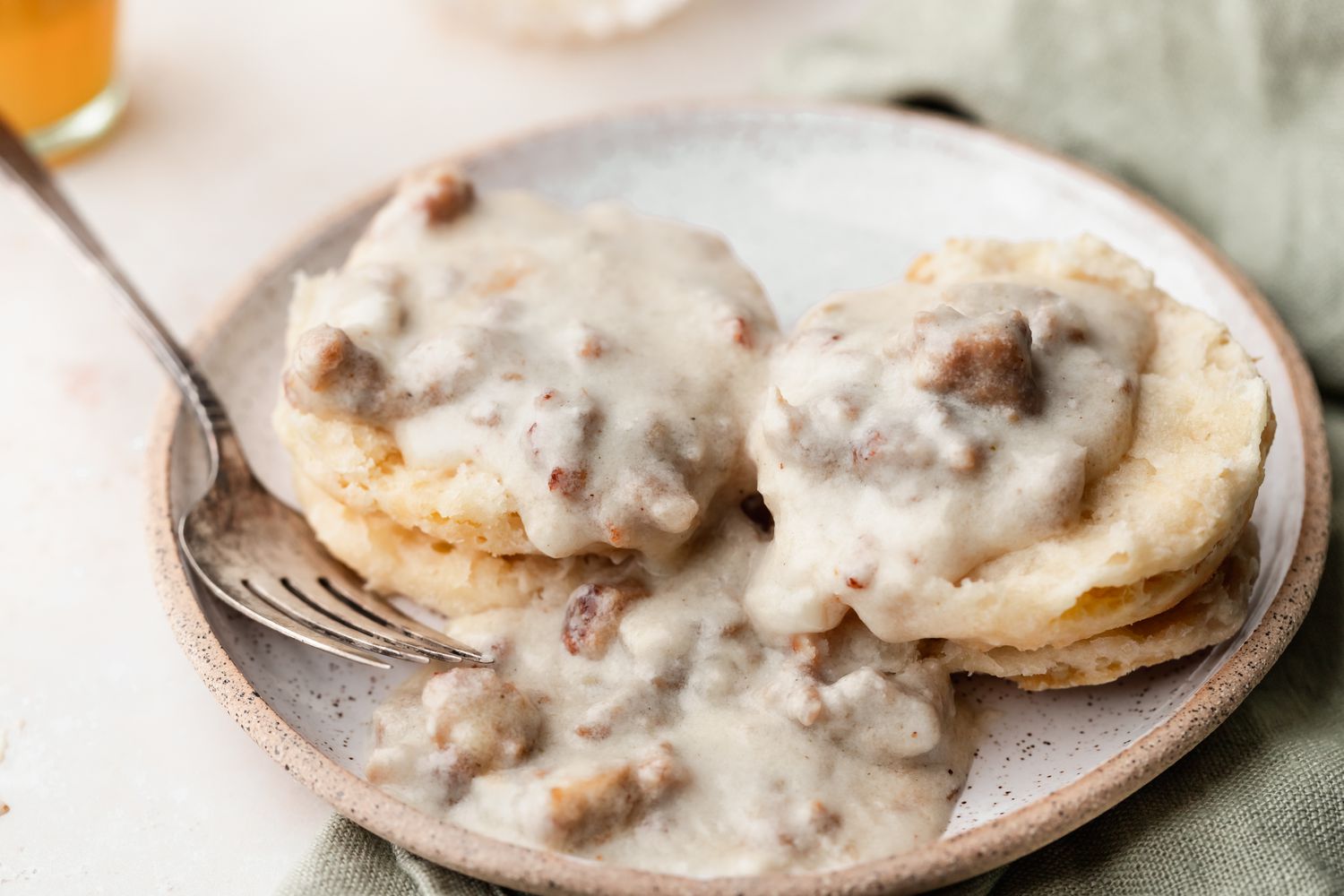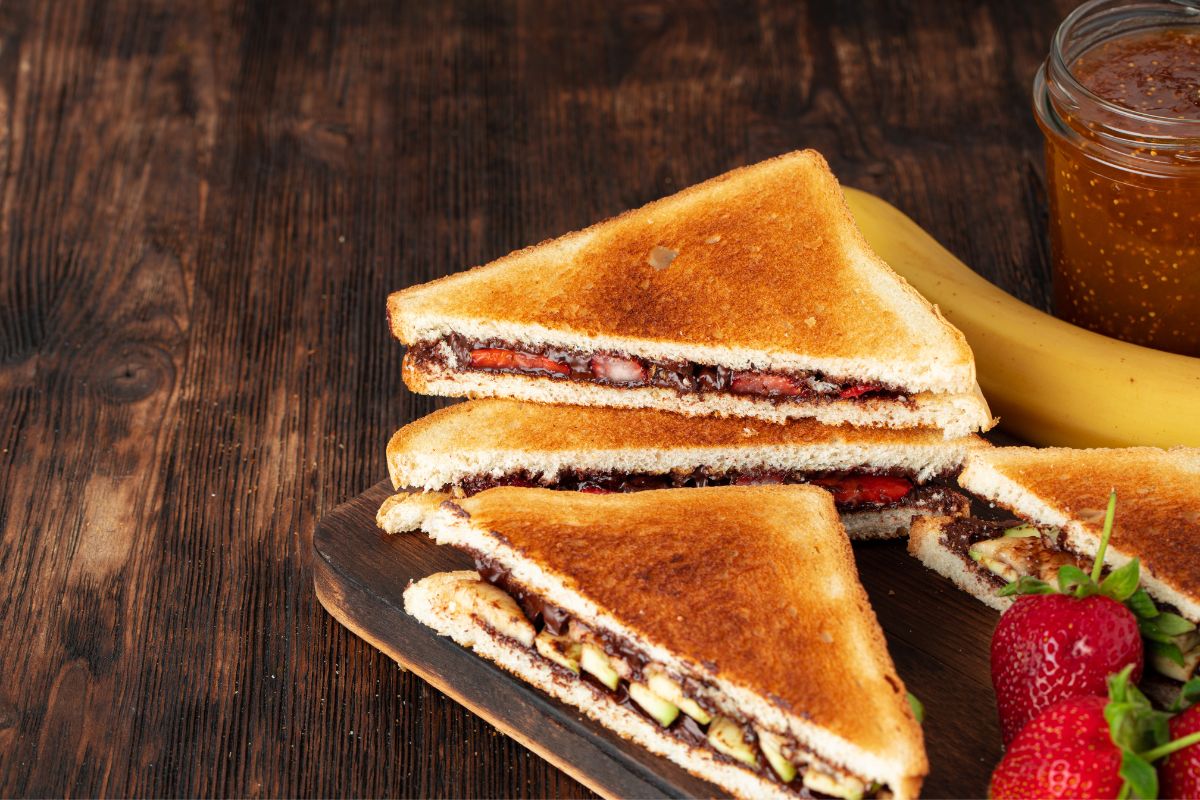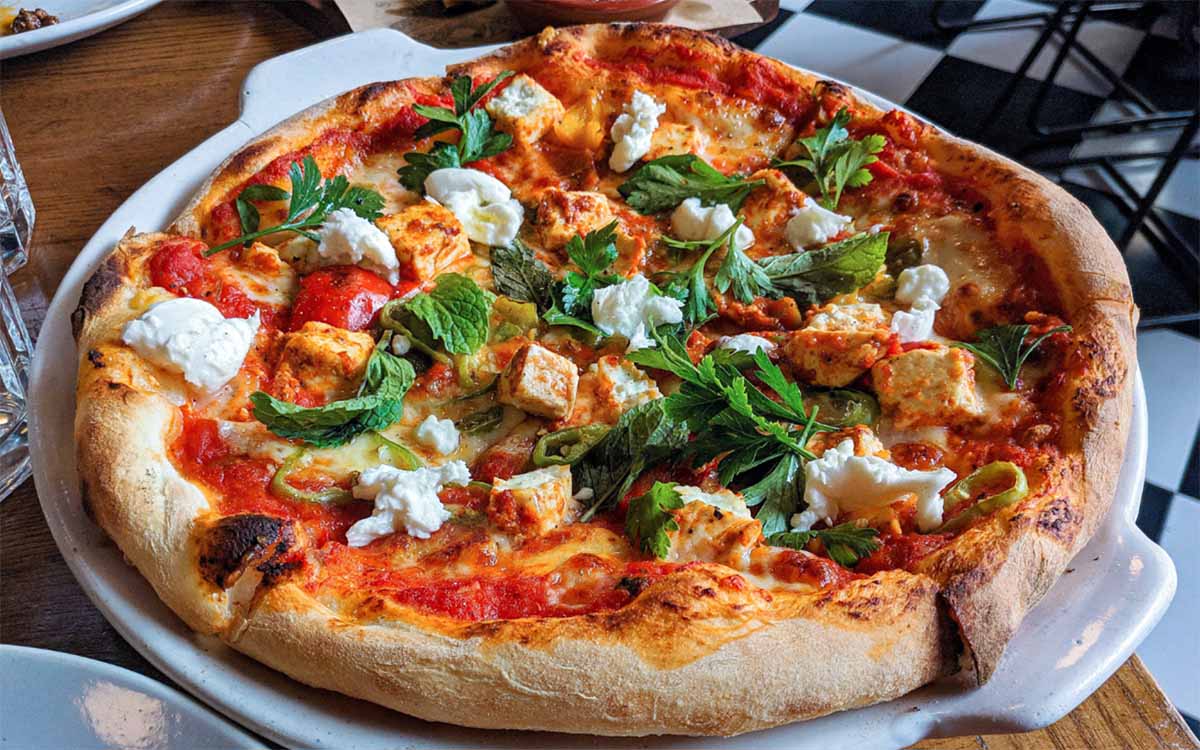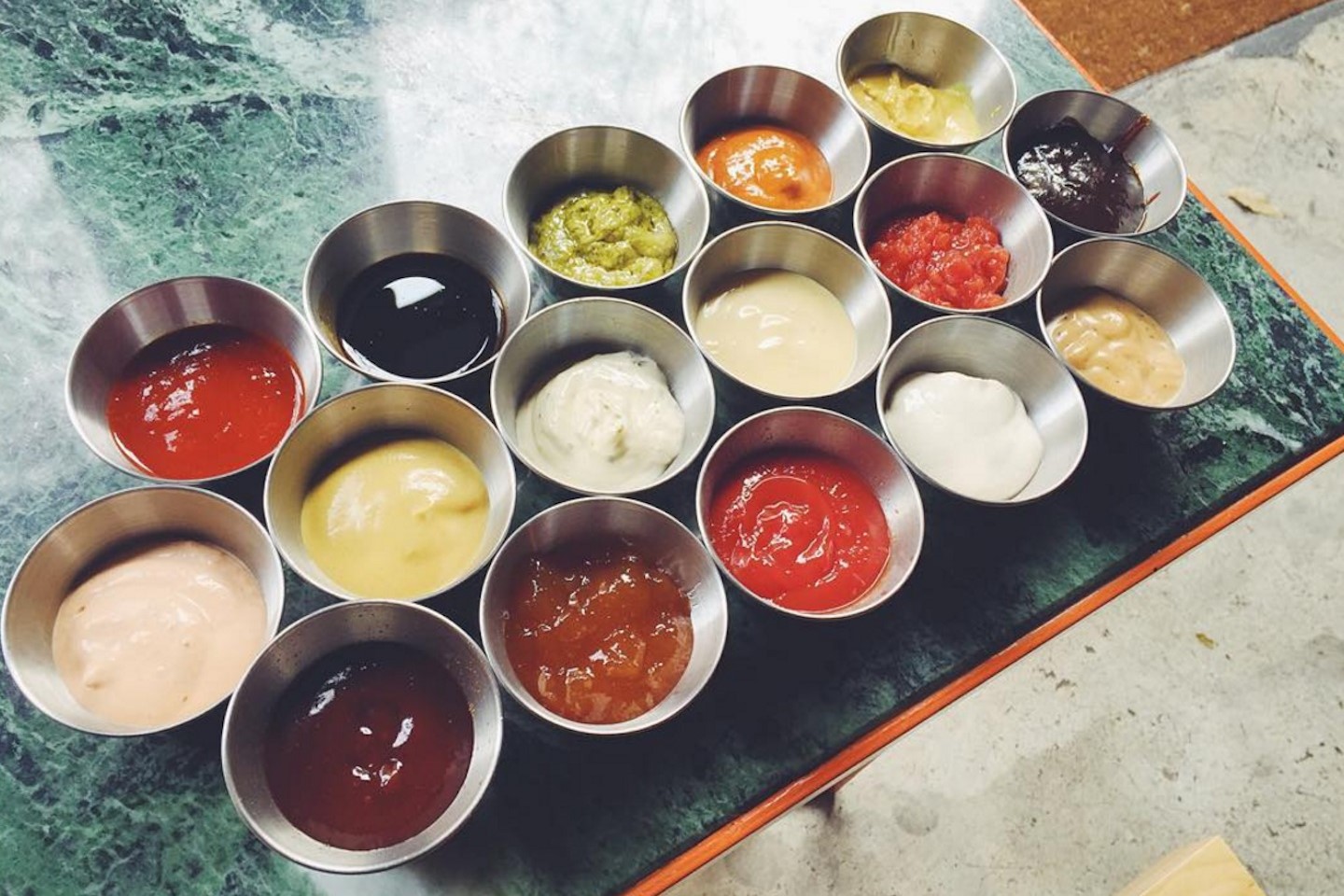Camping trips offer a unique chance to experience nature and bond with friends or family. One of the most exciting parts is trying different foods from around the world. Each culture has its own traditions for the first meal cooked outdoors. From American s'mores to Japanese yakitori, these dishes bring comfort and flavor to any campsite. Exploring global camping food traditions not only satisfies hunger but also provides a taste of diverse culinary practices. Whether you're a seasoned camper or a newbie, discovering these foods can make your first camping trip even more memorable. Let's dive into these delicious traditions!
Essential Ingredients for Your First Global Camping Trip
Exploring Global First Camping Trip Food Traditions
American S'mores:
- Graham crackers
- Marshmallows
- Chocolate bars
Japanese Onigiri:
- Cooked rice
- Nori (seaweed sheets)
- Salt
- Fillings (like pickled plum, salmon, or tuna)
Mexican Tacos:
- Corn tortillas
- Grilled meat (beef, chicken, or pork)
- Chopped onions
- Cilantro
- Lime wedges
- Salsa
French Baguette Sandwiches:
- Baguette
- Ham or turkey
- Cheese (like brie or camembert)
- Butter or mustard
- Lettuce
- Tomato slices
Indian Paratha:
- Whole wheat flour
- Water
- Ghee or oil
- Salt
- Stuffing (like potatoes, paneer, or spinach)
Italian Caprese Skewers:
- Cherry tomatoes
- Fresh mozzarella balls
- Fresh basil leaves
- Olive oil
- Balsamic vinegar
- Salt and pepper
South African Boerewors Rolls:
- Boerewors sausage
- Hot dog buns
- Chopped onions
- Tomato sauce or ketchup
- Mustard
Australian Damper:
- Self-raising flour
- Salt
- Butter
- Water or milk
Must-Have Tools and Gadgets for Cooking
Tools List for Exploring Global First Camping Trip Food Traditions
- Portable Stove: Essential for cooking meals outdoors.
- Cookware Set: Includes pots, pans, and utensils.
- Cooler: Keeps perishable food items fresh.
- Reusable Plates and Cutlery: Eco-friendly and practical.
- Cutting Board and Knife: For preparing ingredients.
- Camping Grill: Ideal for grilling meats and vegetables.
- Food Storage Containers: Keeps food organized and protected.
- Water Filter or Purification Tablets: Ensures safe drinking water.
- Fire Starter Kit: Matches, lighters, or fire starters.
- Camping Table: Provides a surface for meal prep and dining.
- Portable Sink or Wash Basin: For cleaning dishes and hands.
- Trash Bags: Keeps the campsite clean.
- Spices and Condiments: Enhances the flavor of meals.
- Camping Chairs: Comfortable seating while eating.
- Headlamp or Lantern: Provides light for cooking and eating after dark.
- Thermos or Insulated Bottles: Keeps beverages hot or cold.
- First Aid Kit: For minor injuries or emergencies.
- Multi-tool: Handy for various tasks around the campsite.
- Food Thermometer: Ensures meats are cooked to a safe temperature.
- Dish Soap and Sponge: For cleaning cookware and utensils.
Pack easy-to-cook foods like instant noodles, canned beans, and pre-marinated meats. These save time, require minimal prep, and provide hearty meals, making your first camping trip stress-free and enjoyable.
The Importance of Embracing Global Food Traditions
Camping food traditions connect us to nature and each other. Sharing meals around a campfire fosters community and camaraderie. These traditions often include simple, hearty dishes that are easy to prepare outdoors, reflecting local cultures and ingredients. They remind us of our roots and the importance of sustainability.
Your Ultimate Guide to Cooking on a Camping Trip
Exploring Global First Camping Trip Food Traditions
1. Planning the Menu
- Research Traditional Foods: Look up traditional camping foods from different cultures.
- Consider Dietary Restrictions: Ensure all campers' dietary needs are met.
- Balance Nutrition: Include proteins, carbs, and vegetables.
- Pack Non-Perishables: Choose foods that don’t spoil easily.
2. Gathering Ingredients
- Local Markets: Visit local markets for fresh, authentic ingredients.
- Specialty Stores: Find ethnic grocery stores for unique items.
- Pre-packaged Options: Consider pre-packaged traditional foods for convenience.
- Bulk Buying: Purchase in bulk to save money and reduce packaging.
3. Preparing Ahead
- Pre-cook Meals: Cook and freeze meals that can be reheated.
- Chop and Marinate: Chop vegetables and marinate meats beforehand.
- Pack Spices: Bring small containers of spices for flavor.
- Organize by Meal: Pack ingredients together by meal for easy access.
4. Setting Up Camp
- Choose a Safe Spot: Set up away from wildlife and water sources.
- Fire Safety: Ensure fire safety measures are in place.
- Cooking Area: Designate a clean, flat area for cooking.
- Storage: Use coolers and dry bags to store food safely.
5. Cooking Methods
- Open Fire: Use a grill or skewers for cooking over an open fire.
- Portable Stove: Bring a portable camping stove for quick meals.
- Dutch Oven: Utilize a Dutch oven for stews and baked goods.
- Foil Packets: Prepare foil packet meals for easy cleanup.
6. Traditional Dishes
- American S’mores: Roast marshmallows and sandwich with chocolate and graham crackers.
- Japanese Yakitori: Skewer and grill chicken pieces with soy sauce.
- Mexican Tacos: Fill tortillas with grilled meats and fresh salsa.
- Indian Curry: Simmer spiced vegetables and meat in a portable pot.
7. Serving and Eating
- Reusable Utensils: Use reusable plates, cups, and cutlery.
- Communal Style: Serve meals family-style for sharing.
- Stay Hydrated: Drink plenty of water and traditional beverages.
- Clean Up: Dispose of waste properly and leave no trace.
8. Enjoying the Experience
- Cultural Stories: Share stories and traditions related to the food.
- Music and Dance: Incorporate traditional music and dance.
- Games and Activities: Play traditional games from different cultures.
- Reflect and Relax: Take time to enjoy nature and reflect on the experience.
Savoring the Journey
Camping trips offer a unique chance to explore diverse food traditions from around the world. Whether it's roasting marshmallows by the fire, enjoying a hearty Dutch oven stew, or savoring grilled fish caught fresh from a nearby stream, these experiences create lasting memories. Trying out different recipes not only adds excitement to your trip but also connects you with various cultures and their culinary practices.
Remember, the key to a successful camping meal is simplicity and preparation. Pack wisely, plan your meals, and embrace the adventure. So next time you head out into the wilderness, bring along some new recipes and make your camping trip a delicious journey around the globe. Happy camping and happy eating!
All Your Questions Answered About Camping Trip Foods
What are some popular foods for a first camping trip?
Many campers love hot dogs, s'mores, and trail mix. These are easy to prepare and don't require much cleanup. Instant noodles and canned beans are also great options.
How do I keep food fresh while camping?
Use a cooler with plenty of ice packs. Store perishables like meat and dairy at the bottom. Keep the cooler in the shade and open it as little as possible.
Are there any international camping foods I should try?
Absolutely! Try Japanese onigiri (rice balls), French baguette sandwiches, or Mexican tacos. These are easy to make and bring a taste of different cultures to your trip.
What's the best way to cook while camping?
A portable stove or campfire works great. You can use a grill grate over the fire for cooking meats and veggies. Foil packets are also a handy method for cooking meals evenly.
How can I make my camping meals healthier?
Pack fresh fruits and vegetables. Opt for whole grain bread and lean proteins like chicken or fish. Avoid too many processed snacks and sugary drinks.
What are some easy breakfast ideas for camping?
Oatmeal with dried fruits, granola bars, and instant coffee are quick and simple. You can also make pancakes using a pre-made mix or enjoy yogurt with nuts.
How do I handle leftovers?
Store leftovers in airtight containers and keep them in the cooler. Make sure to eat them within a day or two to avoid spoilage. If in doubt, it's safer to discard them.
